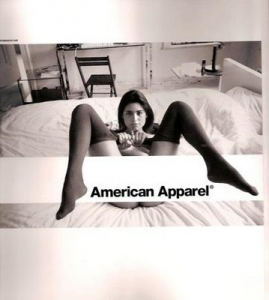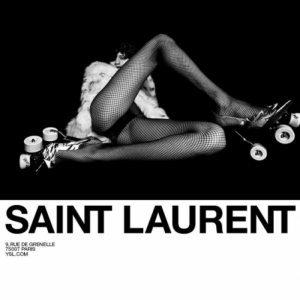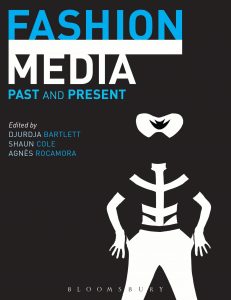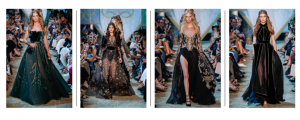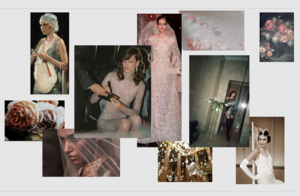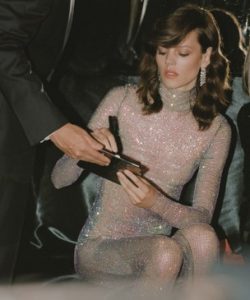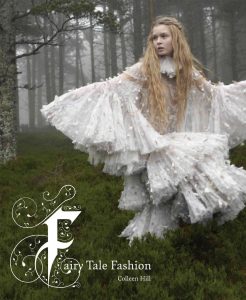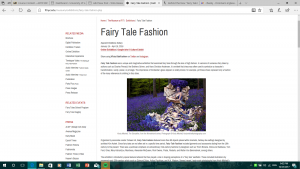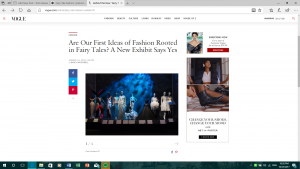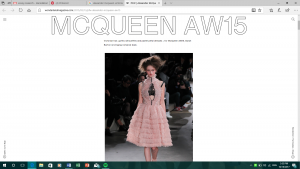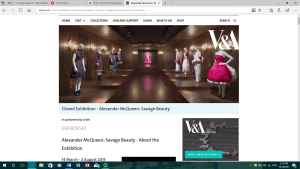Throughout this module I’ve found I’ve been challenged in a way I never have before as most of the tasks were topics that I have never really touched before. I felt very engaged in the lectures and they were very beneficial in order to complete the tasks set. I found some tasks harder than others but overall, they were necessary to expand my knowledge in another aspect of fashion.
All the tasks set required the appropriate research to back up my own opinions. I found myself using the internet more than I should have done as it’s a convenient source to go to when completing work at home. However, I did use the library to my advantage as it’s the most reliable source of information. At times I found that the library is a longer process to find the right information but when you finally get there in the end it is well worth the time you spend looking for your information. As you use the library more often you will find that when find your research the process gets easier as you know your way around.
When it came to the time to complete another task I found myself always stuck at the start but would then find my flow once I would begin. I would always find the tasks I would find raising my interest easier to write about. For instance, when it came to write about the task on Ethics, I found it a lot easier to give my own opinion on the topic and I found it easier to back them up as it is a popular matter of interest. I did however use the internet for this topic but in future I would rather use the books from the library to make it easier for myself and to have more reliable resource to quote from.
In future it will be easier for myself to complete the tasks in the week they are set, rather than avoiding them so it will give me time to edit if needed and the information from the lecture will still be fresh in my mind. I would also like to start writing a small plan of what I will write about before starting to avoid my paragraphs being disproportioned and going over the word limit. Hopefully this will teach me to break down my paragraphs in a more organised way to avoid waffling.
Overall, I find that the tasks have improved my knowledge on certain topics that I have never spoken about. They have shown me how important it is to use the information you find to your advantage as it can completely change your starting opinion about the topic and take in mind other opinions that can make you look at the topic in a new light.

